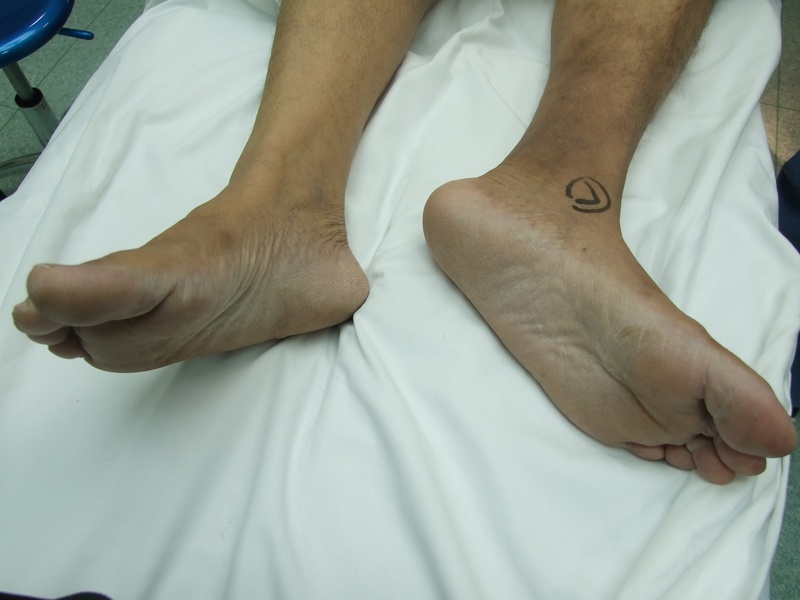

The majority of studies examining hip fracture mortality rates have reported data on intertrochanteric (IT) and femoral neck (FN) fractures together as a single, merged cohort, or have otherwise analyzed only one of the fracture patterns alone 9, 10. Intertrochanteric fractures are in a well. It appears that intertrochanteric fracture patients have intrinsic factors (older age, poor health) impacting upon their risk of fracture and ability to recover. However, there is little information on the influence of hip fracture pattern on mortality. Femoral neck fractures are intracapsular and can disrupt femoral head blood supply leading to poor healing. Long-term recovery (1 year) did not differ between fracture type. Further characteristics These fractures are uncommon injuries. The fracture starts at the neck-trochanter junction laterally.


Intertrochanteric fracture patients also had higher mortality rates at 2 and 6 months after fracturing. Definition Basicervical femoral neck fractures are classified by AO/OTA as 31B3. This region is a little farther down from the hip joint, in the portion of the upper femur that juts outward. Patients with intertrochanteric fractures were slightly older, sicker on hospital admission, had longer hospital stays, and were less likely at 2 months postfracture to have recovered activities of daily living than femoral neck fracture patients. This area is situated in the upper portion of your femur, just below the ball part (femoral head) of the ball-and-socket joint. This type of fracture does not interrupt the blood supply to the bone and may be easier to repair. The present study's objective was to determine if the two types of hip fracture have different patient characteristics and sequelae.Ī prospective study of 923 elderly patients admitted to seven Baltimore hospitals for a hip fracture between 19. Intertrochanteric hip fracture: An intertrochanteric hip fracture occurs three to four inches from the hip joint. Although hip fractures have been considered as a single, homogeneous condition, there are two major anatomic types of proximal femoral fractures: intertrochanteric and femoral neck.
Femoral neck vs intertrochanteric fracture plus#
(intertrochanteric plus femoral neck fractures) is predicted from. More than 220,000 persons 65 years and older fracture a hip every year in the United States. Due to the aging population, a global epidemic of hip fractures.


 0 kommentar(er)
0 kommentar(er)
